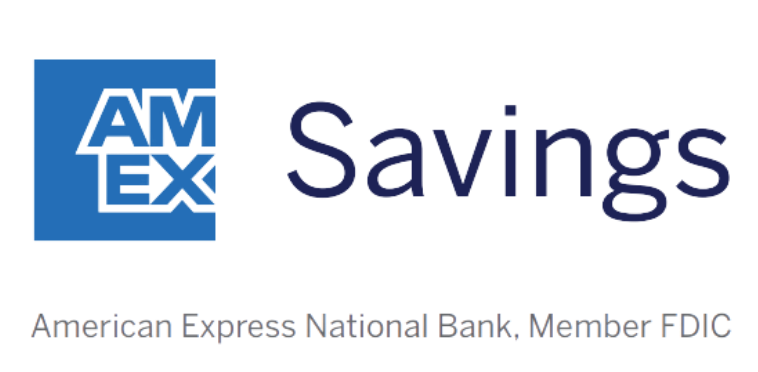If you are holding a hefty balance in your checking account, you are definitely missing out on smarter, better, more lucrative options to make your money work for you. Yes, checking accounts are quite convenient, but the problem with them is that they offer neither growth nor significant returns. Instead, here are three smart alternatives to boost your money’s value.
1. High-yield savings accounts
Check this out: Unlike traditional savings accounts, high-yield savings accounts can pay up to 10 times or more in interest, making them a great choice if you are keeping extra cash on hand.
Additionally, like any standard account in a bank, credit union, or savings and loan, these accounts are also typically FDIC insured, meaning your money is federally protected up to $250,000.
High-yield accounts are just that — they pay a higher yield on your money. Some top high-yield accounts offer annual percentage yields (APYs) of 4% or higher. What does that mean for you? Instead of earning pennies for your dollars (or nothing at all) in a standard checking account, with a high-yield savings account, for every $10,000 you have in savings, you could earn $400 in interest in a year.
Our Picks for the Best High-Yield Savings Accounts of 2024
|
Capital One 360 Performance Savings 
APY 4.00%
Rate info
Member FDIC.
|
APY 4.00%
Rate info |
Min. to earn $0 |
|
American Express® High Yield Savings 
APY 4.00%
Rate info
Member FDIC.
|
APY 4.00%
Rate info |
Min. to earn $0 |
|
CIT Platinum Savings 
APY 4.70% APY for balances of $5,000 or more
Rate info Min. to earn $100 to open account, $5,000 for max APY
Member FDIC.
|
APY 4.70% APY for balances of $5,000 or more
Rate info |
Min. to earn $100 to open account, $5,000 for max APY |
High growth, convenience, and low risk? Not too shabby. Want to open one? Click here for our picks for the best high-yield savings accounts.
2. Treasury bills (T-bills)
Treasury bills are another smart place to store extra cash, especially if you don’t need immediate access to the money. T-bills are short-term investments issued by the U.S. government. Terms are as short as four weeks, but also can extend to up to a year. And because they are backed by the federal government, T-bills are virtually risk free.
T-bills work differently than savings accounts. Here’s how: T-bills have a face value that the bill is worth if held throughout the term. You buy bills at a price below that face value. If you hold it for the duration of the term, the government will then pay you back the full face value. So it’s not about interest. Instead, you make your money by buying the bill at a discount, holding it, and then getting paid back its full value upon maturity.
For example, you might buy a $10,000 T-bill for $9,500 and get the full $10,000 back when the T-bill matures.
3. Money market accounts (MMAs)
Money market accounts offer a solid blend of accessibility and earnings. While similar to high-yield savings accounts, MMAs differ in that they offer more flexibility. Money market accounts often will pay a higher interest rate than normal savings accounts (although maybe not quite as much as a high-yield savings account), but also come with debit cards and limited check-writing privileges (say, six transactions per month).
So the way an MMA trumps a regular checking account is that they earn you higher interest and yet still give you the option to access that money if so desired.
Click here for a list of our favorite money market accounts.
The takeaway
Checking accounts are undoubtedly a handy place to keep your money for day-to-day expenses, but they really are no place for cash that you would like to see grow. Better, by moving your money into one of the options above, your money will make you even more money. That they are all safe and secure is icing on the cake.
